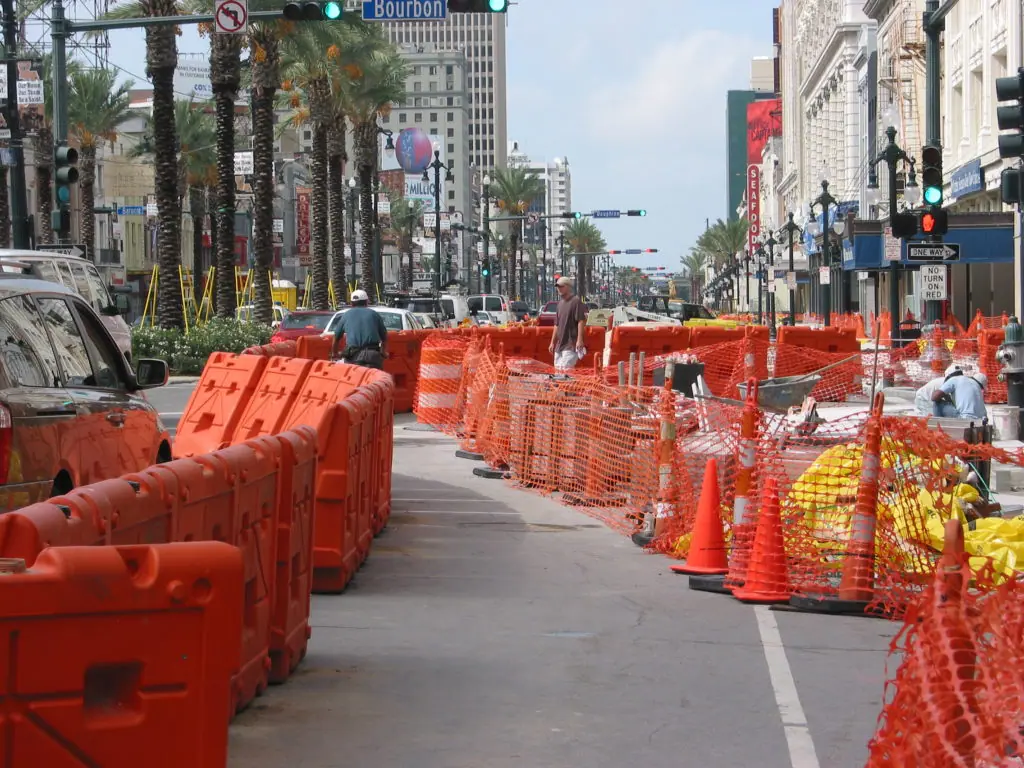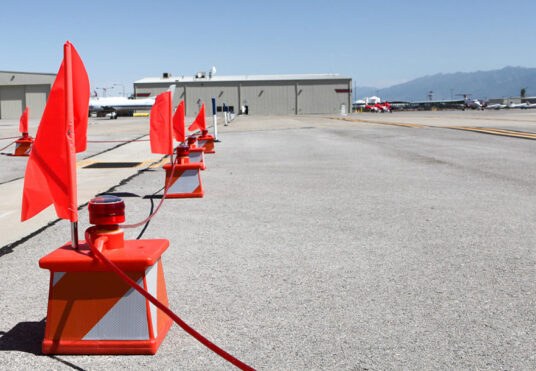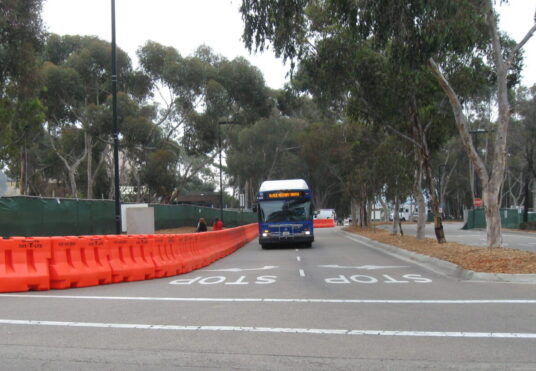Are You Ready for MASH Barrier Testing Requirements?
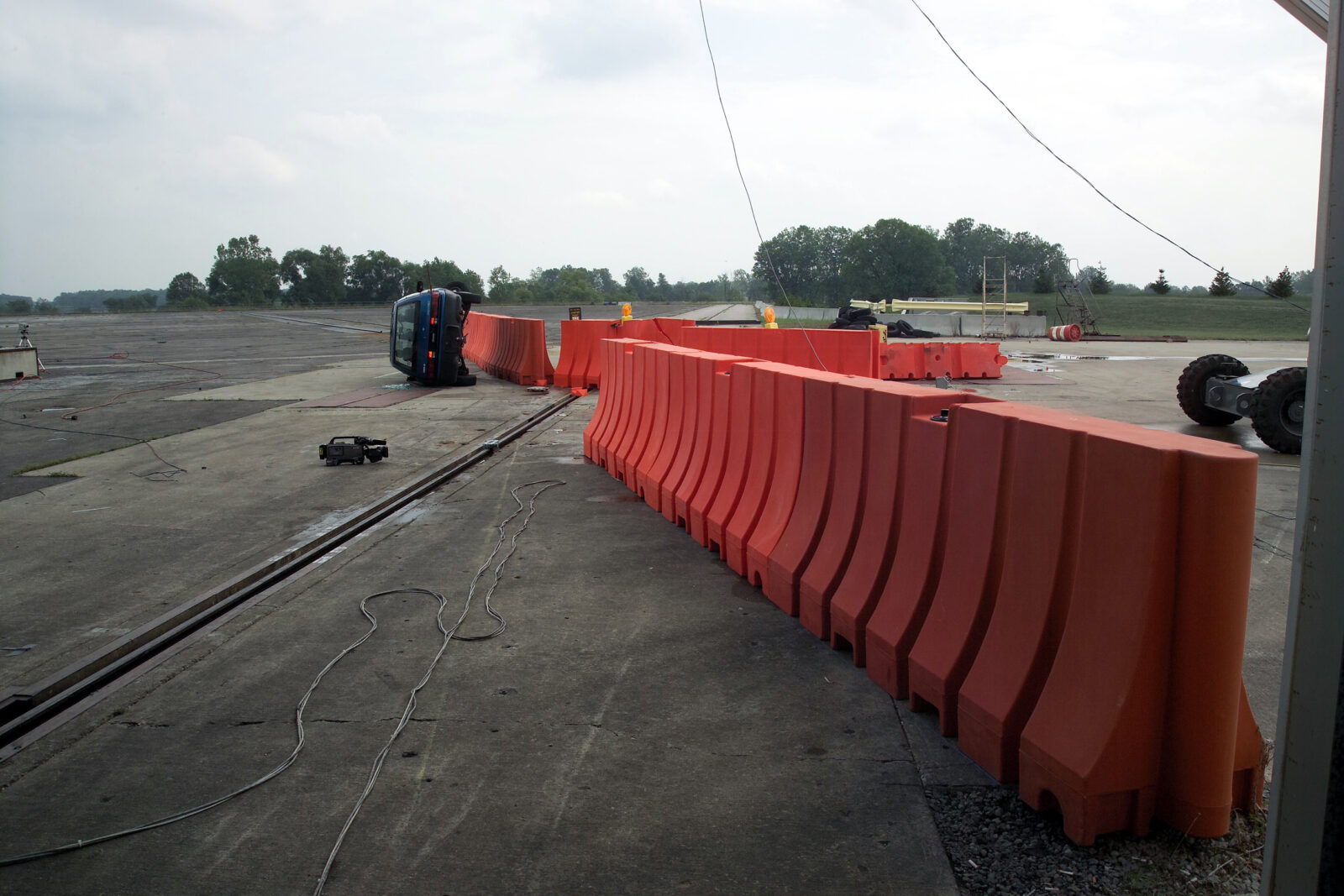
The first crash testing standards were published in 1962 in Highway Research Circular 482. The guidelines were then updated in a series of NCHRP Reports until 2009 when the first Manual for Assessing Safety Hardware (MASH) standards were published by the American Association of Highway and Transportation Officials. MASH includes the latest standards for all traffic safety hardware including temporary and permanent devices and barriers.
There has been a compliance timeline in place since the end of 2017.
Here’s what contractors need to know:
For contracts on the National Highway System with a letting date after December 31, 2019, only safety hardware evaluated using MASH 2016 will be allowed for new permanent installations.
NCHRP 350 vs MASH
MASH barrier testing differed from previous NCHP tests in several notable ways:
- MASH tests used larger, more modern vehicles in their testing
- They included crash tests at multiple angles, in addition to “straight ahead” crash tests
- They included crash tests using barriers of greater height than previous NCHP tests
MASH Barrier Testing Categories
MASH ratings include TL-1, TL-2, TL-3, TL-4, TL-5, and TL-6 but the criteria to achieve the ratings has been updated since the use of NCHRP reports. Each rating shows the size and speed of vehicles used in the tests. To achieve a rating, the physical crash test of a potential traffic safety device must have met certain criteria regarding where the car ended up, how it got there and what kind of damage occurred.
- TL-1: Cars and trucks –– 31 mph
- TL-2: Cars and trucks –– 44 mph
- TL-3: Cars and trucks –– 62 mph
- TL-4: Cars, trucks, and single unit trucks –– 62 mph and 56 mph respectively
- TL-5: Cars, trucks, and tractor trailers –– 62 and 50 mph respectively
- TL-6: Cars, trucks, and tractor tank trailers –– 62 and 50 mph respectively
Many barricades and barriers are approved for use in slower traffic areas, but not along highways. It’s important to understand the difference between traffic ratings and uses.
Which Products are Governed by MASH Guidelines?
In addition to plastic and concrete barricades used in construction zones, guardrails, median barriers, and bridge railings should be tested under the new MASH specifications.
MASH barrier testing applies to both permanent fixtures like concrete medians as well as temporary plastic barricades.
Are MASH Barrier Testing Guidelines Legally Binding?
The short answer is no –– at least not on a federal level. Each state has its own set of rules and regulations regarding traffic safety devices. MASH standards are AASHTO’s recommendations. Companies that use non-MASH approved barriers built after 2019 may still be eligible for federal aid or compensation in the case of accidents (Note: MASH-approval does not guarantee federal aid in the case of accidents).
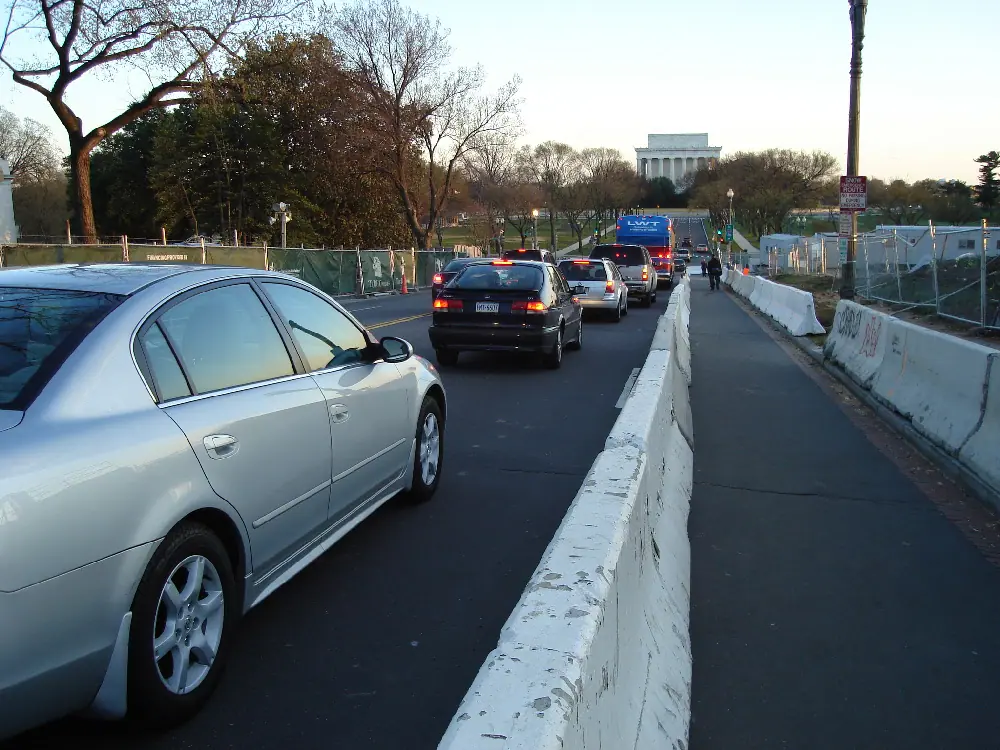
Where Can One Find MASH-Approved Products?
For a full list of MASH-approved products you can visit the Federal Highway Administration’s Longitudinal Barriers page. The page lists all the barriers such as guardrail, median barrier, bridge railings and transitions, that have been issued an Eligibility Letter by FHWA based on AASHTO MASH criteria.
Are OTW Barricades MASH Compliant?
Like many other existing highway safety products, our barricades hold the same ratings under the new guidelines as they did under the old. Products built after 2019 will have to undergo crash-testing to the new standard to gain a rating but existing products will be grandfathered in for a period of time. At some point all products will be required to be re-tested according to the new standards.
The MB42x72 JSS LCD is our only high-speed rated part. It’s actually the only 42-inch plastic barricade with a TL-3 designation.
OTW products are durable, dependable, and tested to ensure quality. We offer a one-year manufacturers warranty and our products are designed to complete a useful life of eight years minimum.
Next Steps
If you have any questions about MASH, barrier testing methods, or making sure job sites are compliant with the new MASH standards, feel free to give us a call.
–
References
MASH 2016 Implementation: What, When and Why
Roger P. Bligh, Ph.D., P.E.
Senior Research Engineer
Texas A&M Transportation Institute
